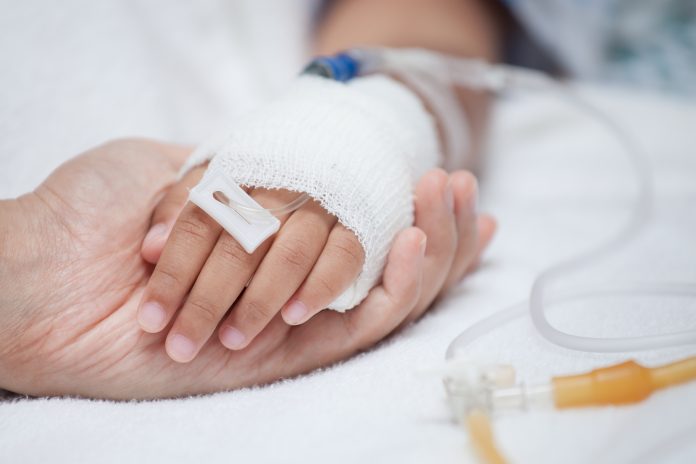Diffuse Intrinsic Pontine Glioma (DIPG) is an incurable childhood cancer that has no effective treatment – but now, scientists in Australia believe they have found a drug that could begin to treat this cancer
When DIPG is diagnosed, children usually die within one year of getting the knowledge.
Around 90% of those diagnosed die within the same year, with the remaining 10% surviving for three.
Currently, there is no functional treatment. Surgical removal is impossible because the tumour grows in the middle of normal brain cells, while radiation therapy at around 30 sessions can give a temporary improvement.
This exchange seems cruel, 30 sessions under general anaesthetic for an extra three months of life – with the cancer reappearing and developing with renewed aggression. The average age of diagnosis is seven years old.
Scientists at the Children’s Cancer Institute Australia are working on a drug treatment that could have some impact against this incurable childhood cancer. This institute focuses solely on researching and treating childhood cancers.
The drug combination that is “spectacularly effective” in animal studies
In mouse models at a pre-clinical stage, researchers found that the drug combination led to survival in two thirds of mice. The experimental drug then stopped growth of the tumour – completely.
The drug therapy is currently in early trials with adult cancer patients.
It is being described as the most effective treatment ever tested for incurable childhood cancer, presenting a hopeful vision of the future of care. The treatment is a combination of two drugs: difluoromethylornithine (DFMO), an established drug, and AMXT 1501, an investigational agent being developed by Aminex Therapeutics.
Currently, DFMO is a popular drug for its potential to treat difficult cancers – from neuroblastoma to colorectal cancer. This drug specifically targets the polyamine pathway, which is a mechanism that lets tumour cells grow.
The crucial role of the polyamine pathway
Associate Professor Ziegler has shown for the first time that the polyamine pathway is critical to the growth of DIPG cells.
Ziegler and his team developed Australia’s first research program into DIPG by using tumour cells donated by the parents of children who have passed away from the disease. From these, they created the first laboratory models of the tumour in order to test new drugs. These models have been used to show that DIPG can bypass the activity of DFMO by pumping polyamines into the cancer, essentially allowing the tumour to continue growing despite treatment with DFMO.
The research team have now made the discovery that treatment with a new developmental drug, AMXT 1501, truly blocks the transport of polyamines into the DIPG cancer cell.
‘There were no treatments to save Liliana’
Rachael Gjorgjijoska was the first parent to agree to donate DIPG tumour tissue following the death of her daughter Liliana at just 4 years old, 15 months after her diagnosis. She said: “We made the difficult decision to donate Liliana’s tumour because we wanted to make a difference, there were no treatments to save Liliana from this devastating disease, but if her cancer cells help advance research so there be new treatments for children in the future, this will be a lasting memory of our little girl.”











